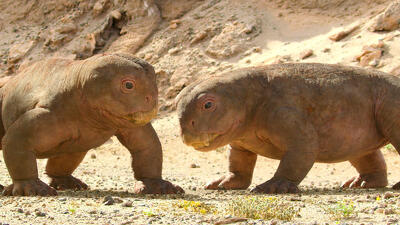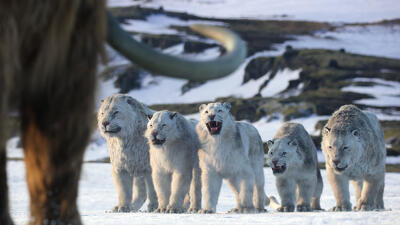Life on Our Planet
Season 1
s01e01 / Chapter 1: The Rules of Life
26th Oct '23 - 3:59am
Evolution. Competition. Mass extinction. Three fundamental rules have driven the rise and fall of life on Earth for over four billion years.
s01e02 / Chapter 2: The First Frontier
27th Oct '23 - 3:59am
For billions of years, land on Earth was uninhabitable. But in the seas, predation allowed species to thrive before - and after - two mass extinctions.
s01e03 / Chapter 3: Invaders of the Land
28th Oct '23 - 3:59am
Sprawling moss, towering trees, flying insects, limbed amphibians: Early species vied for domination as the land went from hostile to hospitable.
s01e04 / Chapter 4: In Cold Blood
29th Oct '23 - 3:59am
After Earth's third mass extinction, mammals' surviving ancestors ruled the supercontinent Pangea. But lizards soon ushered in the age of reptiles.
s01e05 / Chapter 5: In the Shadow of Giants
30th Oct '23 - 3:59am
The formation of continents with varied environments allowed for an explosion of biodiversity - and turbo-charged the evolution of mighty dinosaurs.
s01e06 / Chapter 6: Out of the Ashes
31st Oct '23 - 3:59am
The dinosaurs met their end with a cataclysmic asteroid impact. Rising from the ashes, birds reinvented themselves into a dynasty 10,000 species strong.
s01e07 / Chapter 7: Inheriting the Earth
1st Nov '23 - 3:59am
Emerging from the dinosaurs' shadows, mammals went from underdogs to global power, with game-changing adaptations that would conquer land, air and sea.
s01e08 / Chapter 8: Age of Ice and Fire
2nd Nov '23 - 3:59am
As the Ice Age thawed, humans rose above the rest. But the possibility of a sixth mass extinction now looms: Has our ingenuity caused our downfall?